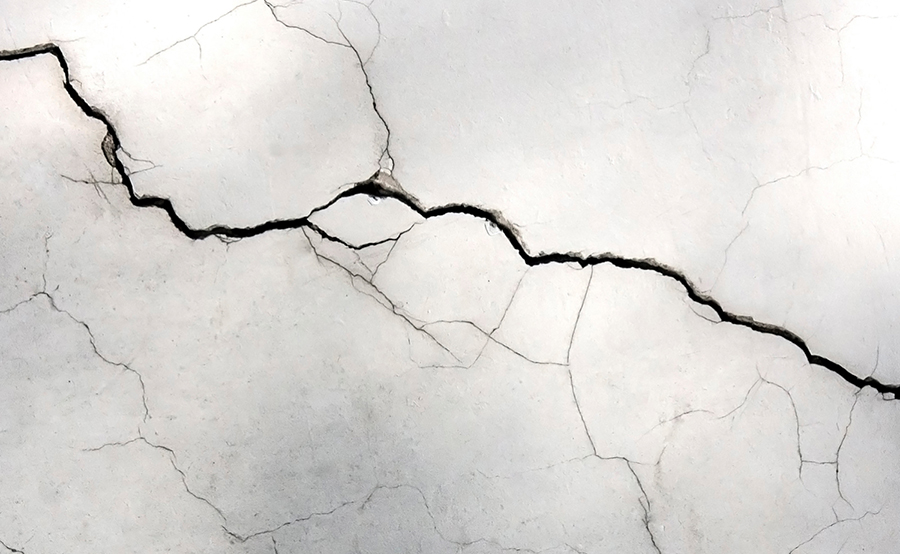Cracks and crevices in ceilings and walls are one of the most common problems that occur in any type of building. Not all of them have the same degree of importance, some being much more dangerous. Therefore, it is important to be able to classify them in order to know how to correct and prevent them. From DUINSA, we will explain everything in detail.
Classification of cracks
The types of cracks are classified depending on how they affect the construction element:
Coating cracks: these are the ones that occur on the outside of the walls due to different causes such as temperature and humidity conditions or the poor quality of the applied coatings.
Structural cracks: these are more important since, in addition to the coating, they can affect the structural element. They may be due to settlement problems of the construction due to poor settlement of the ground, hidden construction defects or external conditions, such as the construction of an annex building, and other works that may affect the stability of the building.
In addition to this classification, the type of damaged element must be taken into account. It is not the same if the damage occurs in a partition wall with no structural function as in an element that does have a structural function, such as a load-bearing wall, a column or a beam. In the latter case, a more in-depth study of the crack will be necessary to assess its dangerousness.
How can we repair cracks?
As mentioned above, repairs will always depend on the type of condition.
Repair of cracks in the coating
In those cracks that only affect the continuous coating, the following steps will be followed:
- The bearing plaster shall be removed in a strip around the crack with a total width of half a meter.
- Then, a fiberglass mesh nailed to the substrate must be placed. The function of this mesh is to absorb the possible tensile stresses that may originate in the vertical faces, to prevent the appearance of new cracks.
- Finally, the finishings will be replaced and the wall will be painted to achieve a perfect finish.
Repair of structural cracks
However, to repair structural cracks, only the demolition and replacement of the affected elements is an option. This means that if the existing crack cuts through the load-bearing and bricks, both materials must be replaced.
It is necessary to explain that a cracked element becomes two elements that, in some way, act independently before new physical or mechanical actions, so their union until they become a single element again is practically impossible or very difficult to achieve.
In Duinsa Construcció we believe that all buildings must be in perfect condition to be able to carry out their activity in the best possible conditions. Count on us for any repair.

